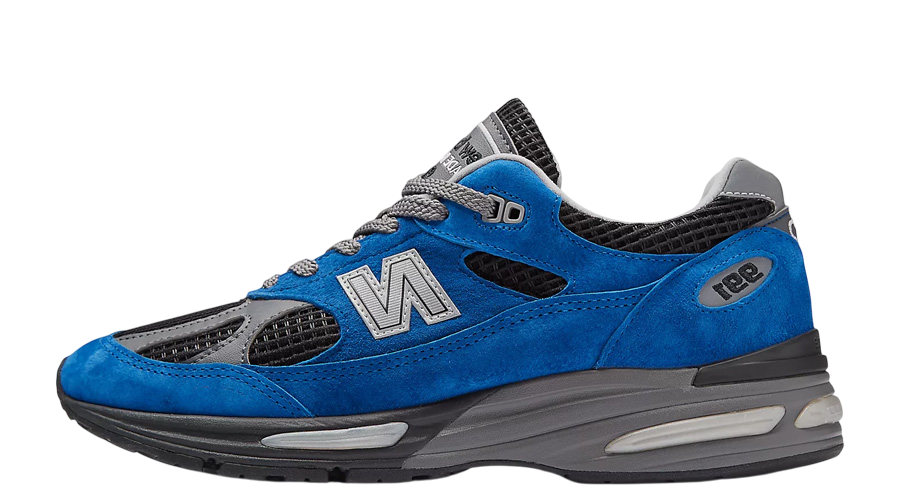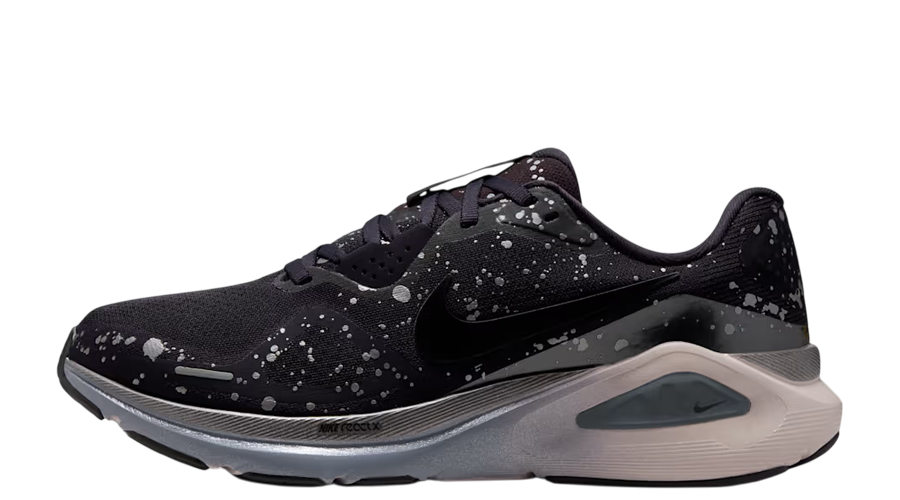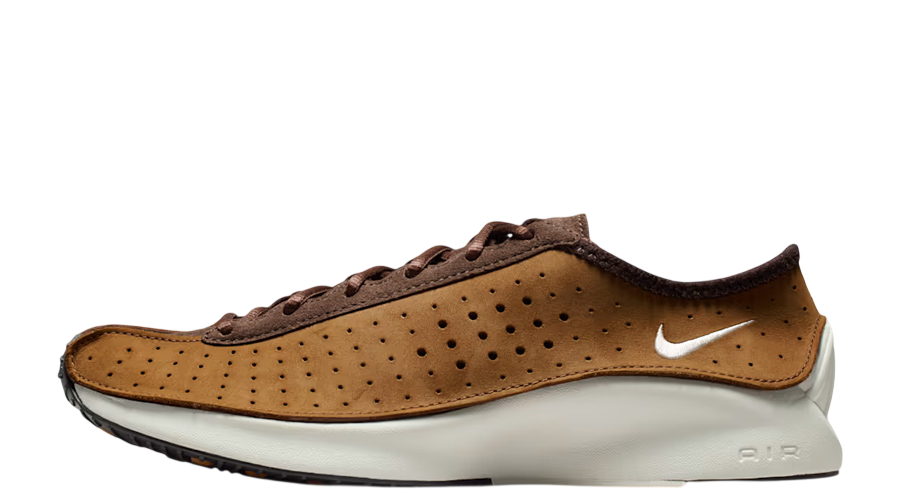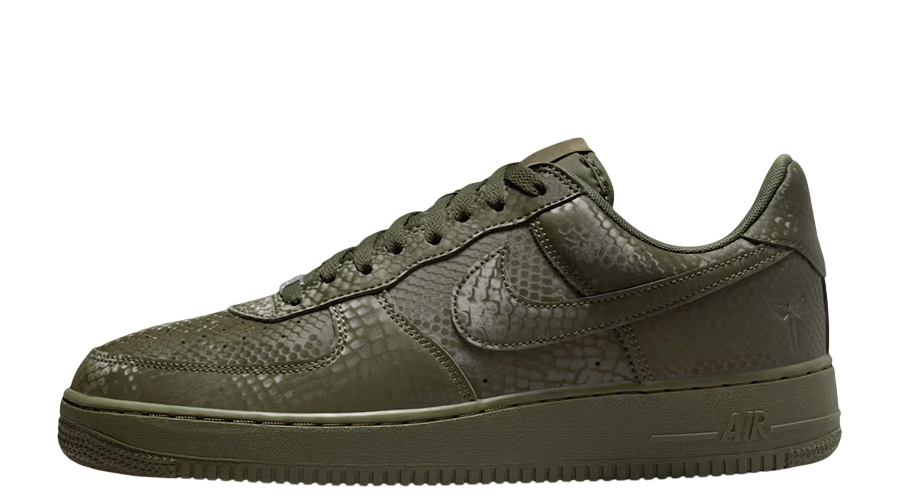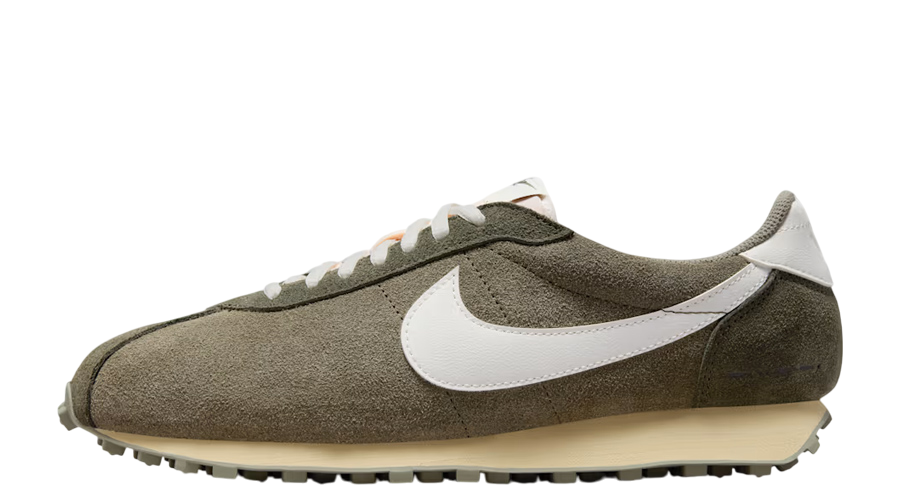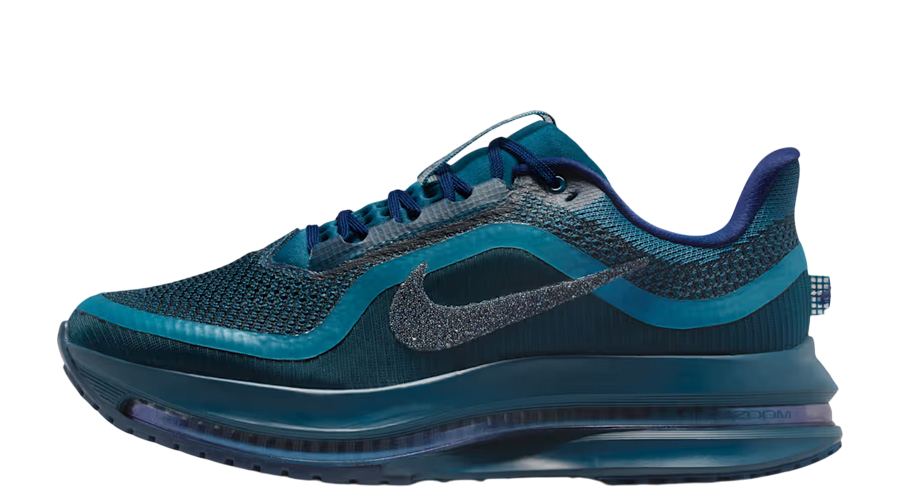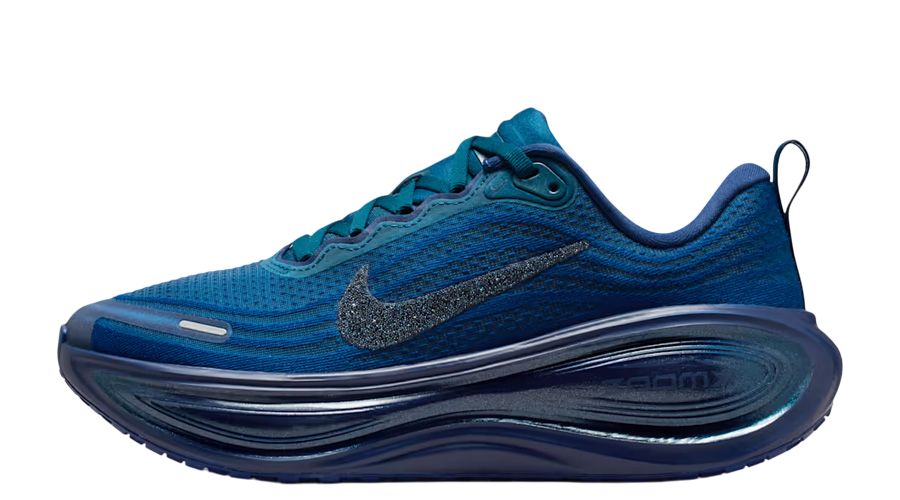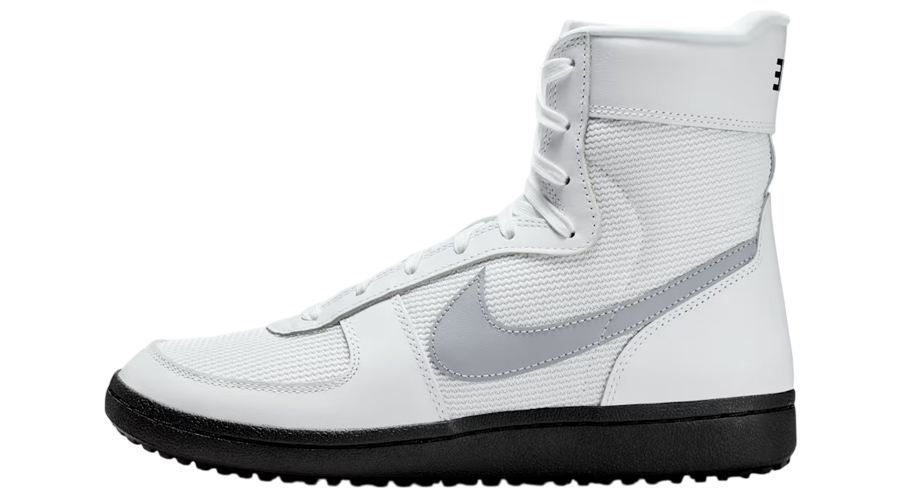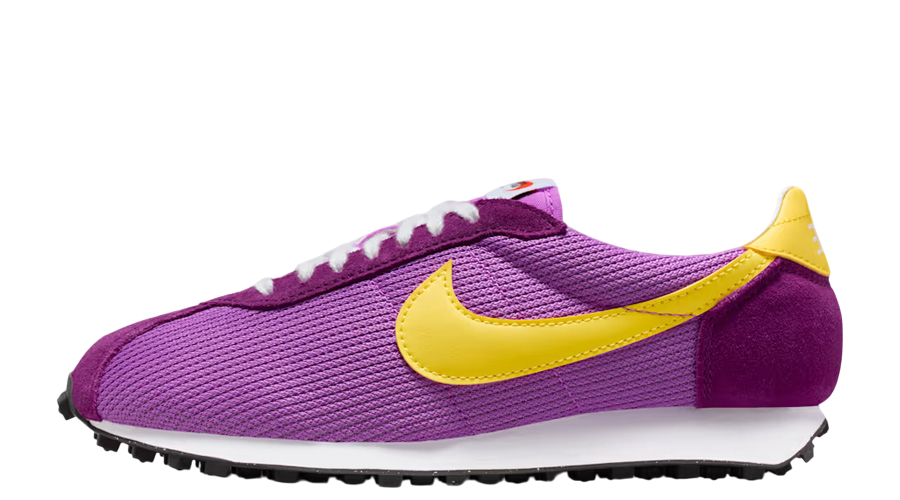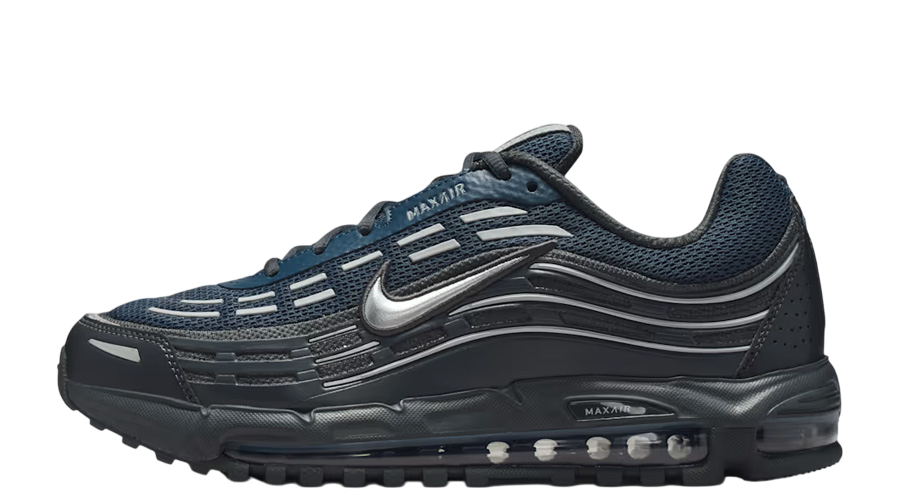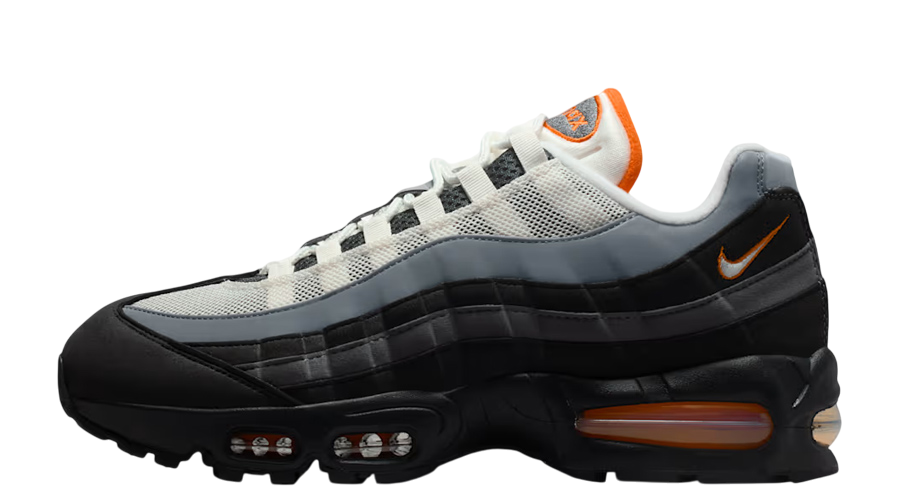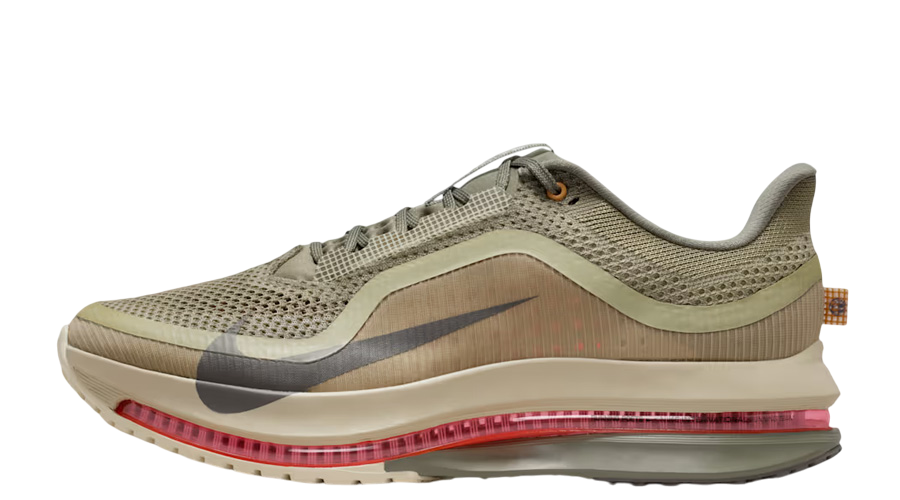How Can You Tell if Nike Air Max 1 Sneakers are Fake?

Over the past few decades, the Nike Air Max 1 has built itself a seriously strong following. However, with this popularity comes a major problem: fake versions. Counterfeits are becoming increasingly sophisticated, making it extremely important for sneakerheads to be able to figure out which pairs are legit and which pairs are not.
If you’re starting to get a little worried, fear not, because we’ve got you covered. In this comprehensive guide by Captain Creps, we’ll walk you through the key indicators of genuine Nike Air Max 1 sneakers versus the fakes. By following these tips, you’ll definitely be able to spot the real deal without any issues. So, let’s get started!
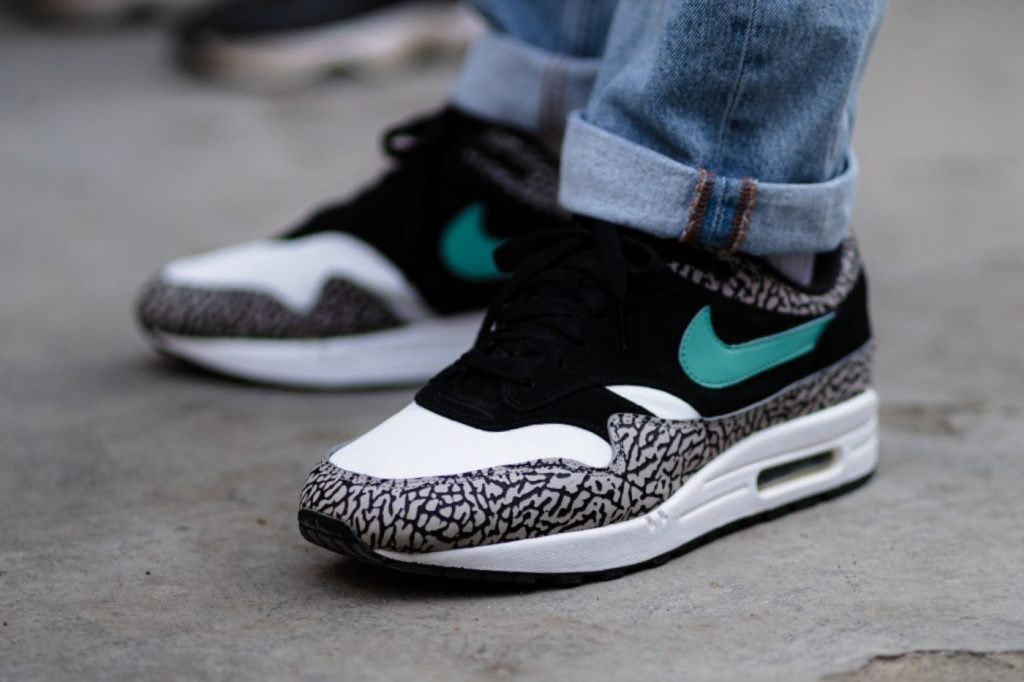
The Biggest Indicators of Fake Nike Air Max 1 Sneakers
Materials and Colour
Authentic Nike Air Max 1s use high quality materials and have consistent colours. Compare the texture and hues with official images from Nike’s website or trusted retailers. Fakes often use inferior fabrics and show noticeable differences in colour.
Swoosh Placement
The Swoosh on real Air Max 1 trainers is smooth and correctly positioned. It should be slightly curvy and align perfectly with the heel’s lining. Counterfeit pairs often have the Swoosh misplaced or poorly aligned. On genuine pairs, the Swoosh extends precisely, and its curve is consistent.
Heel Shape
The heel of an authentic Air Max 1 is well-defined, with a slight curve and a straight midsole. Fakes might have a less pronounced curve or a sloping midsole. Press the heel to check its firmness and shape – genuine pairs are sturdy and well-formed, while fakes may feel soft or poorly shaped.
Tongue
The tongue of a real Air Max 1 should be well-proportioned and neatly stitched. Look for the Nike label’s correct placement and alignment. Counterfeit tongues are often shorter or poorly stitched. Compare your pair’s tongue with official images to verify length and stitching quality.
Nose and Mudguard
Authentic Air Max 1s have precise nose and mudguard shapes. Fakes may show irregularities, such as incorrect nose shapes or narrow mudguards. Check the contour and fit of the nose and mudguard around the toe box. Genuine sneakers have consistent, well-defined shapes, while fakes might have noticeable imperfections.
Air Bubble
The Air bubble in genuine AM1s appears milky or off-white and extend further within the columns. Fakes often have a clearer or differently shaped air bubble. Examine the bubble for colour and column extension to spot any discrepancies.
Medial Quarter
On authentic pairs, more mesh is visible between the grey and red suede overlays. Check for additional mesh detail and accurate overlay placement. Fakes might show less mesh or poorly aligned overlays.
Eyestay
The double-stitching on the eyestay of genuine Air Max 1s is wider and cleaner. Compare this detail with official images to ensure accuracy. Counterfeits often have less precise stitching.
Heel Logo
The logo embroidery on the heel of a real Air Max 1 is larger and cleaner. Check the amount of neoprene visible and the shape of the red suede overlay, which should form a wider ‘U’ shape beneath the logo on genuine pairs.
Lateral Side
On authentic AM1s, the Swoosh is positioned higher, smoother, and more rounded, coming to a point at the tip. The mudguard’s height is slightly shorter with smoother lines. Fakes may have a lower Swoosh or uneven lines. Look for these details to confirm authenticity.
Outsole
The Nike logo on the outsole is straighter, and the traction pods are shaped differently from fakes. Inspect these features closely for any differences.
Insole
Fakes often have poorly coloured or incorrect insole prints. Check for consistency with the colour and design of official insoles. Authentic pairs have precise prints and details.
Box and Packaging
Genuine Air Max 1 boxes have accurate colour and print details. Examine the box for any discrepancies in design, colour, or branding. If the box looks significantly different from official packaging images, it could be a sign of a fake.
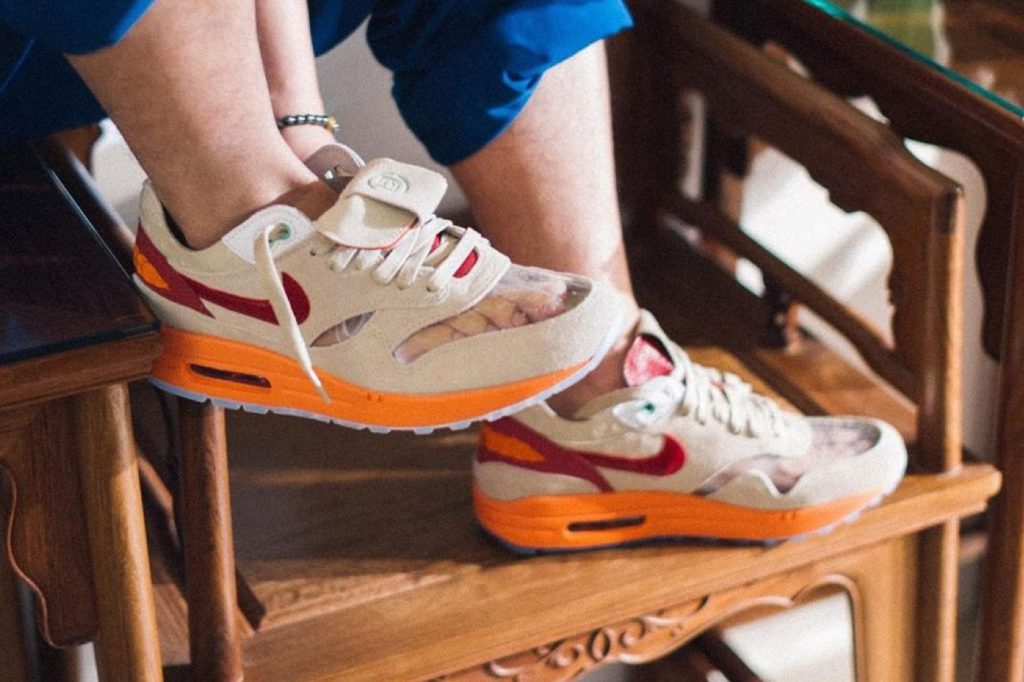
Tips for Verifying Authenticity of Nike Air Max 1 Sneakers
Consult Expert Reviews and Guides
Before making a purchase, seek out expert reviews and guides on Air Max 1s. Resources such as sneaker forums, Reddit communities, and social media groups offer insights into identifying authentic pairs. Websites dedicated to sneaker authentication can also be valuable for spotting discrepancies between genuine and fake sneakers.
Use Authentication Services
Leverage reputable sneaker authentication services to verify authenticity. Apps like CheckCheck and Legit App allow you to submit photos of your sneakers for expert analysis. While these services may charge a fee, they provide added security and confirmation that your sneakers are genuine.
Compare them with official photos
When in doubt, compare your sneakers with official photos from Nike or trusted retailers. Focus on details such as stitching, Swoosh placement, and materials. Authentic Air Max 1s will closely match the official images. Any noticeable differences can be a sign of counterfeit sneakers.
Verify Retailer and Seller Reputation
Purchase your sneakers from reputable retailers or sellers. If buying from online marketplaces, check for reviews, seller ratings, and transaction history. Request receipts, detailed photos, and any relevant communication to ensure the seller is credible.
Check for Consistent Production Details
Examine the production label inside the shoe for accurate dates and batch numbers. Verify these details on Nike’s official website to ensure they align with genuine products. Authentic pairs will have correctly formatted labels and codes.
Verify Release Dates
Be cautious if sneakers are sold before their official release date. Counterfeit sneakers may appear early to deceive buyers. For accurate release dates, consult reliable sources like Captain Creps. Ensuring the sneakers are not prematurely released can help verify their authenticity.
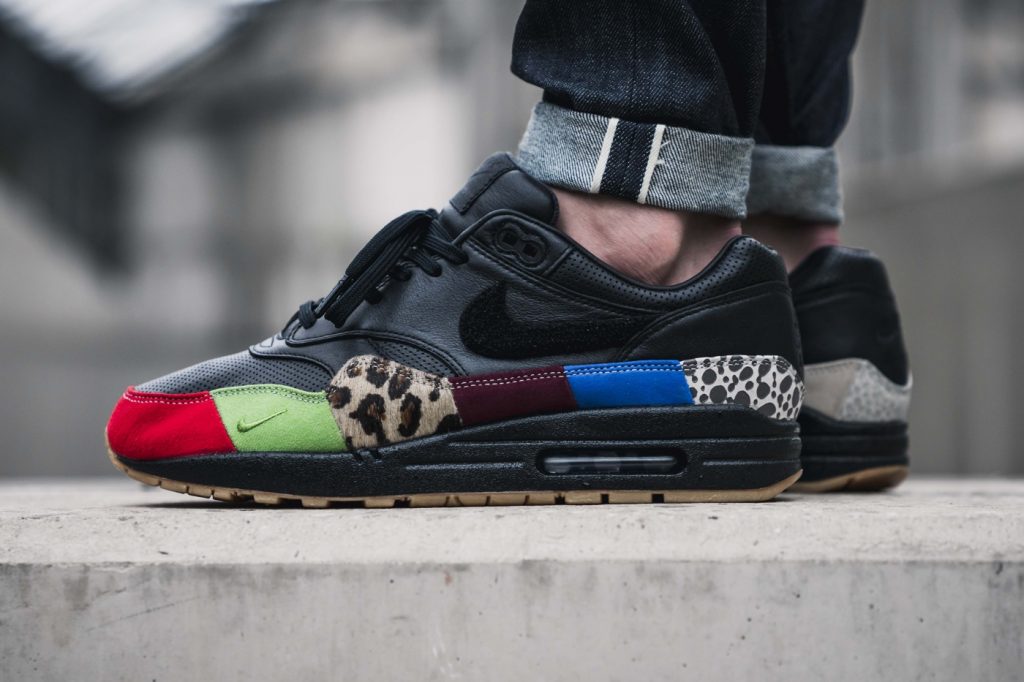
The Bottom Line
And there we have it! We’ve covered the essential steps to help you spot authentic Nike Air Max 1 sneakers and avoid counterfeits. If you have any further questions or think we’ve missed something, feel free to reach out to us on our Captain Creps Facebook page here.
Ensuring you’re buying a genuine pair boils down to thorough research. Many people skip this crucial step, relying too heavily on quick advice or social media checks. Instead, take time to educate yourself. Watch reliable tutorials, examine the sneakers you already own to understand quality indicators, and visit reputable sneaker shops to get a feel for genuine versus fake.
Stay vigilant with your future purchases, and use this guide as a reliable reference whenever needed. Remember, you can always revisit this article and explore more resources to ensure your sneakers are the real deal. Happy shopping, and make sure your sneaker game stays strong and authentic!
Frequently Asked Question
What are the key signs of a fake Nike Air Max 1?
Look for discrepancies in materials, stitching, Swoosh placement, and the shape of the heel. Fake pairs often have poor quality and inconsistent details.
How should the Swoosh placement look on an authentic Nike Air Max 1?
The Swoosh should be smooth, slightly curvy, and extend precisely to the heel’s lining. Misalignment or poor quality can indicate a fake.
How can I verify the size label for authenticity?
The size label should have correct product codes and formatting. Compare these details online and ensure they match Nike’s official records.
How can I spot fake Nike Air Max 1 sneakers if I’m buying online?
Request detailed close-up photos from the seller, including shots of the Swoosh, heel, and materials. Compare these with official images from Nike or trusted retailers.
